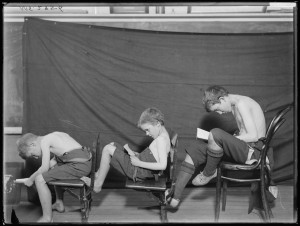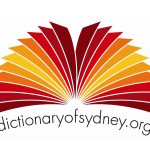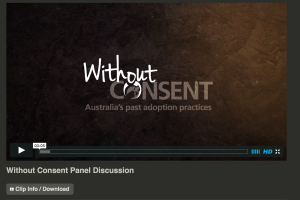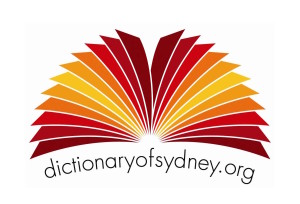Nick O’Malley reports in The Sydney Morning Herald today that Barack Obama has visited Selma. I recommend the article, which neatly outlines the contemporary context of racial oppression and violence in America, and points to the power of the symbolism of a presidential cavalcade crossing the Edmund Pettus Bridge in Selma, Alabama.
I’m extremely keen to see the movie Selma, because the stories of the horrors that were perpetrated there have been stuck in my mind, for a long time. It’s a place of incredible stories of suffering and courage – fire bombs and lynchings, preaching and marches, Klansmen and civil rights activists. In 1999, on a road trip through the Deep South, my then boyfriend and I went to Selma. He’d picked the route – I knew almost nothing of this story – but I learned a lot on that particular leg of the journey.
Selma was a pretty, low-rise river town, in that empty way of so many southern towns. My clearest memory, aside from memorials to the violence of the 1950s and 1960s civil rights struggles, was of signs for bail bondsmen/bounty hunters. We crossed the Edmund Pettus Bridge, thinking of the murders and beatings, and entered the Freedom Trail, heading to Montgomery. The road is lined with signs of bravery and protest but it’s edged with fear. At a service station on the Trail an old African-American woman on a walking frame left her place at the counter as I walked in, and refused to be served before me. I was upset, but could see from the faces of everyone in the shop (all black) that this was what was expected in this part of Alabama – whites were served first, no matter what, even on the Freedom Trail. I apologised, sounding as broadly Australian as I could, and fled.
When we arrived in Montgomery, the sterile state seat, with its Confederate White House standing proud next to the official government house, we looked in vain for the Southern Poverty Law Centre’s Martin Luther King Memorial. Caught cooling our feet in a hotel fountain, we asked the white security guard who came to move us on where the memorial was. He said “I haven’t seen it, but if you go down that aways, there’s the Hank Williams memorial and that’s real purty.” Later that night, getting fuel and beer, the African-American service station attendant told us, from behind his shot up security screen, that we had better not hang around there. We believed him.
The next day, after my first ever bowl of grits, we went to the tourist centre and found out the Martin Luther King Memorial had been 20 metres from the hotel fountain. When we got there we ran our hands through the cool water that flows over the black marble tablet of the memorial, and thought about how brave the people of Selma and Montgomery were, and how audacious Martin Luther King was. I could not have imagined then that we might see a black president’s cavalcade on that road, but I know he must drive gently, though with determination, in a part of the country that still smells of strange fruit.

 iece on Parramatta Girls Home in my last weeks as project editor at the
iece on Parramatta Girls Home in my last weeks as project editor at the  ng, on Tuesday 25 August at 7.30pm, I am going to be in
ng, on Tuesday 25 August at 7.30pm, I am going to be in 

